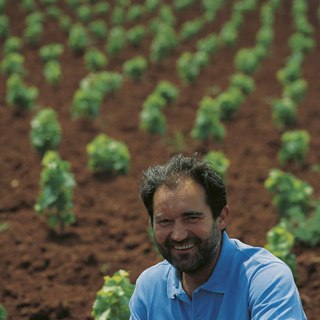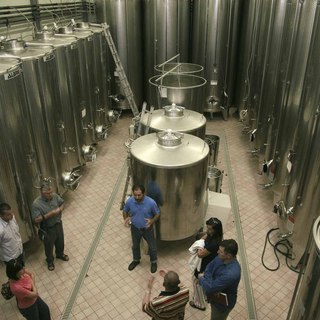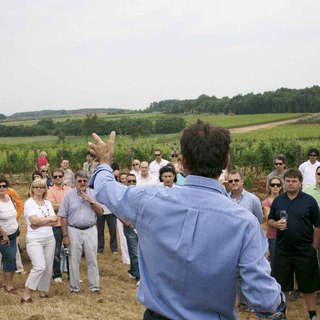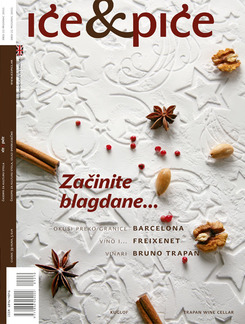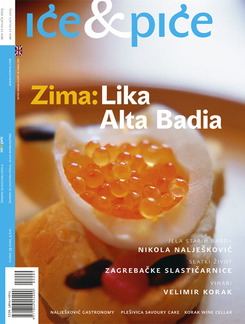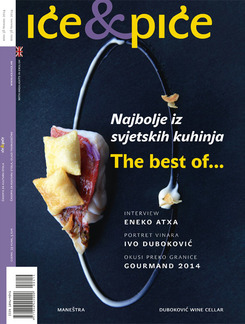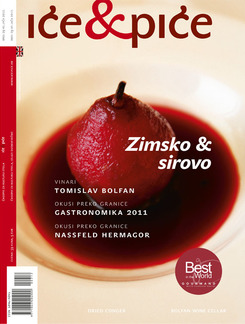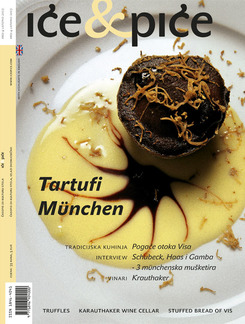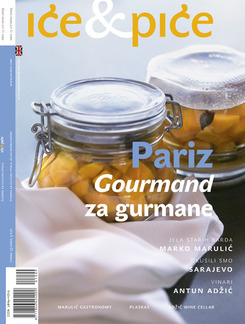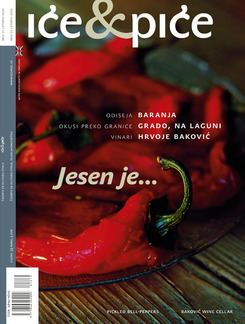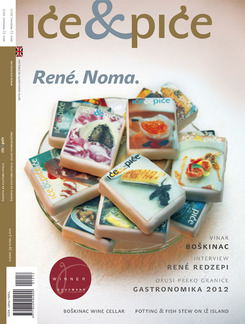Wine Cellar’s ID
Tradition
Wine growing and wine-making are long-standing traditions among people of Istria. People grew various crops, including the grape-vine, on their farms, mostly for their own needs. The Coronica family have been painstaikingly growing grapes and making wine for a long time now, as that was their chief way of making a living. However, it was Moreno’s grandfather, followed by his father, who took a thoroughly ambitious approach in this field.
Capacity
18 hectares of vineyards, encompassed within a single area, in the vicinity of the cellars (“it takes no more than 20 minutes for a tractor to bring a full load of grapes from the most distant vineyard to the cellar”).
The production amounts to 80,000 bottles of Malvasia per annum, along with 10,000-20,000 of red wine, mostly Teran, depending on the harvest. Only grapes from own vineyards are used.
Technology
There was a minor revolution some 15 years ago, due to the application of new technologies, as the younger generation became active in wine-making. This new generation has taken a new approach to wine growing and vinification in the wake of the collapse of big state-owned wineries.
Marketing
Commercial production and sales have begun about 10 years ago. At first, it was aimed at the Istrian area and the local restaurants; later, larger quantities of wine were marketed throughout the Kvarner Bay, Zagreb and the rest of Croatia.
Choice vintage
To the frequent question: “What was the best year for you?”, Moreno likes to reply: “This is hard to tell, perhaps there was a particularly good year, but I wasn’t good enough for it!”
“The year 2000 yielded an exceptionally good red wine, and perhaps that was the vintage that opened my eyes, making me aware that in this area we can produce not only Malvasia, but good red wines as well. That was the direction we took then. Up to that point, Teran was still a dubious choice of production. Later on we realized it was possible to achieve that kind of quality again, if we should take special care in growing the grapes. Now it is definitely certain that our future lies in Teran.”
Role-models
The first wines of quality at the Istrian market came from the hills of Gorizia. This entire process had taken place several years earlier on in Slovenia. Admittedly, young wine-makers from the hills of Gorizia who became active at that time were certain role-models to the Istrian “new wave”. The contacts and the cooperation we established with Gorizia back then are still alive. They bear witness to our common history.
The future
“To continue planting new vineyards, to make good produce, to preserve the character and our autochthonous varieties.” To make good wine, to plant several hectares of new vineyards every year, but always striving to be better, with two autochthonous varieties – Malvasia and Teran – as top priorities. Vineyards planted with Cabernet Sauvignon and Merlot will gradually be replanted. In the long run, full attention will be given to Teran.
Special features
Festival of open vineyards (rather than open cellars!) - this “provocative idea” was introduced by the wine-making family after long talks, and supported by the local authorities. The most crucial part of making a good wine happens in the vineyard. “We love to say that we produce wine in the vineyard, and we just take care not to let it become spoiled in the cellar.”
Observing the tradition
Luna calante – the waning moon (the period following the full moon)
In the Coronica country, there is a traditional belief that the wine-maker should not engage in decanting, clarification or bottling the wine during full moon. Otherwise, there will be sediment in the bottled wine. After a bitter experience, when Moreno bottled wine during full moon in spite of his father’s protests, they had to drink some 3,000 bottles at their family table, as they were not fit for the market. Since then, this tradition has been strictly observed, whether it is scientifically corroborated or not.

